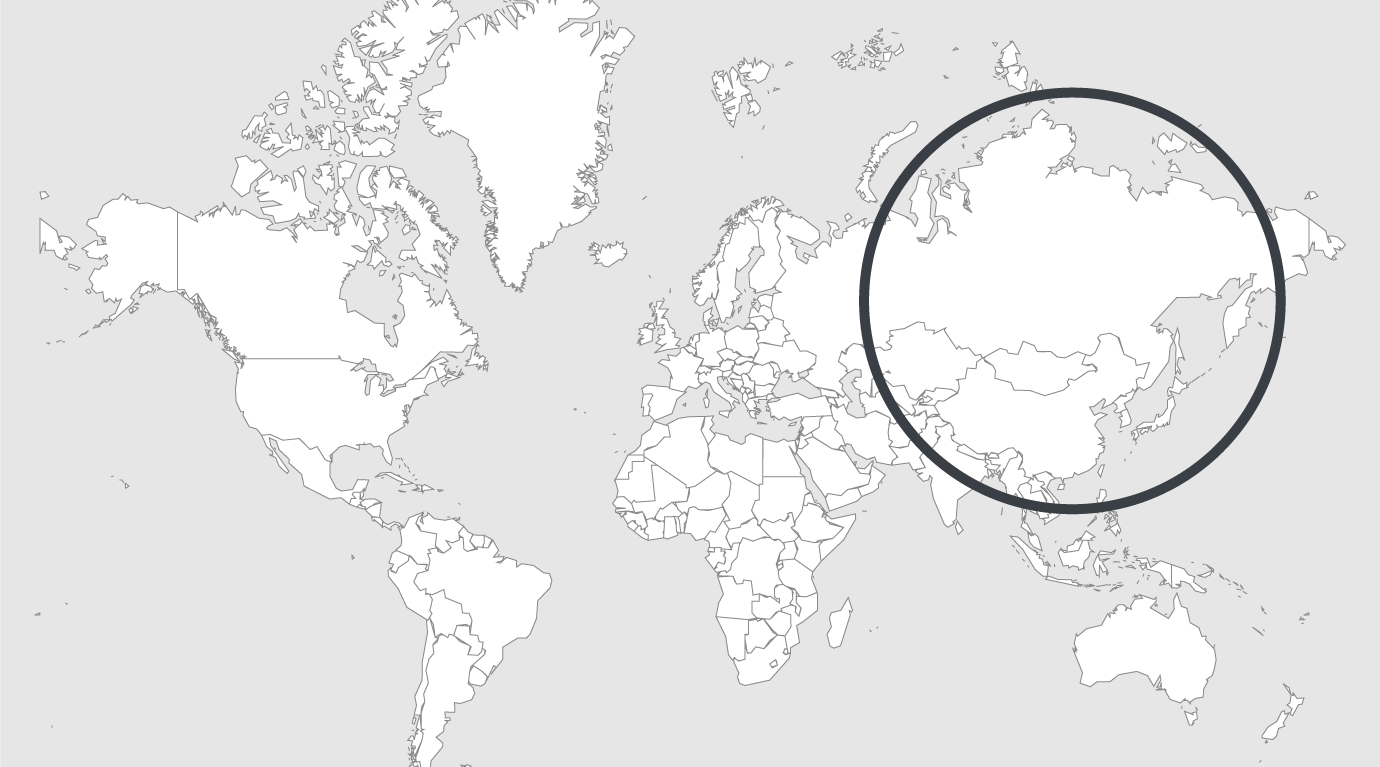
Explore
How the gulag Llves on in Russia's prison economy
In Russia, running a prison is a business. The Soviet gulag may have transformed into Russia’s Federal Penitentiary Service (FSIN), but its essence arguably is unchanged.
With 434 prisoners per 100,000 people, Russia has the highest incarceration rate in Europe. It’s 143 in the UK, 101 in France, and 76 in Germany.
No neutral observer would describe Russia’s prison system as socially just. The obsolete infrastructure, the abysmal level of staff training, the lack of transparency, the outdated reasoning for punishment, and the complete absence of resocialization programs are just some of the flaws inherited from the gulag.
But there is one aspect of the system that has received very little attention: the practice of nationalizing losses and privatizing profits. The reason that prisoners’ rights are violated today is not to force them to build major infrastructure. It isn’t even for “reeducation through labor.”
The sole raison d’être is to serve the private commercial interests of individuals who draw their salaries from budgetary funds.
Every correctional facility has its own production unit — a sewing factory or a woodworking or metalworking shop. Expenses like electricity and the salaries and living expenses of the prisoners are covered by the state.
Some funding also comes from the prisoners’ salaries, though the amounts are minuscule. (Under Russian law, prisoners must compensate the state for their food and clothing, and up to 75 percent of their salaries may be deducted for that purpose). The lion’s share of profits are accumulated either by intermediary companies that buy goods produced by the prisoners or returned to the heads of the correctional facilities through kickbacks by companies that purchase the goods directly. The facility itself receives only a fraction of the profits after factoring in all of its expenses — or, more precisely, all of the federal budget’s expenses. This is exactly how many industrial enterprises were bought up in the 1990s in Russia.
Back then, trade houses were set up next to Soviet-era plants: the plants would sell goods to the trade houses at incredibly low prices, and the trade houses would then sell the goods at a huge markup. These plants would gradually slide into bankruptcy, while the trade houses would amass the funds to buy up their shares.
In the penitentiary system, this scheme is used to siphon off and privatize profits, rather than assets. Alexei Kozlov, a financial expert who served a sentence at a correctional facility in the Tambov region (and the author’s husband), described a scheme involving the production of woolen socks in the region’s Rasskazovsky district. “All deputy heads of correctional facilities have their own shops, though they do not control them directly. The relatives of these officials lease shops in the facilities’ industrial zones, where the prisoners sew the socks. There is no ‘going market rate’ for production space in correctional facilities, so any price can be set. It’s the relatives who sell the socks and collect the profits.“ “Naturally, it would be more profitable for the correctional facility to produce and sell goods directly. However, then it would be obvious if it was selling the socks at half the market price, and the embezzlement would be exposed. With tolling operations, just as with the leasing of shops, it is difficult to prove the details of the corruption.”
The FSIN’s main argument for this scheme is that the correctional facility does not have the funds to purchase equipment and materials. But it will never have the funds if it keeps privatizing profits and nationalizing losses. In other cases, production is not even the objective of the scheme, but merely a screen for expenses.
Read full article
